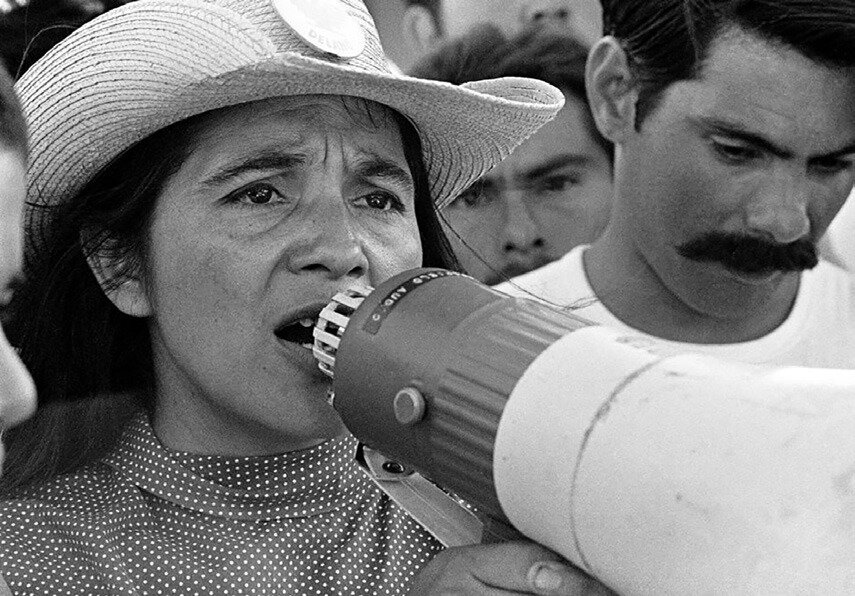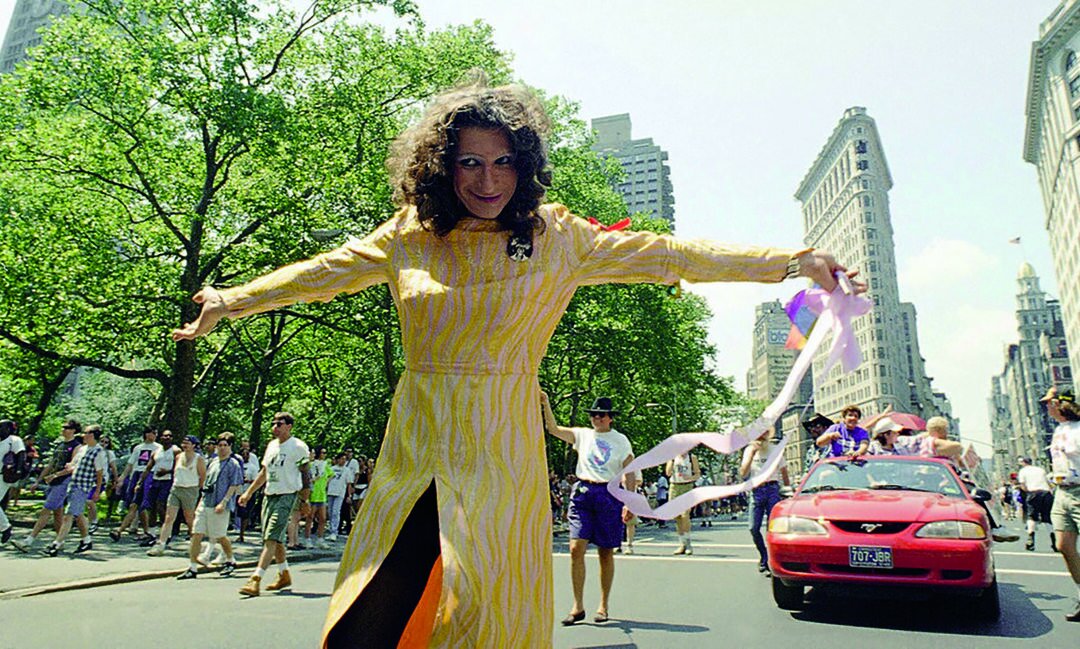Latinas Who Paved the Way
by Elsa Castañeda
LATINAS have paved the way for the barrier breaking Latinas of today for centuries. From the arts to activism to science, Latina women have been able to break the mold. It's because of the women who came before us that we are able to dream bigger, push the limits of what we can do, and never take no for an answer. Though obstacles are still a part of the barrier breaking journey, these Latinas have made it easier for Latinas to believe in themselves. It is because of them, we are able to say, “Hey if she did it, so can I”
A look back into history shows us, these women needed to break the ceiling for women today to fight fearlessly.
The famous empowering words "Sí, se puede" come from civil-rights activist Dolores Huerta. She is a great example of inspiration. She is a labor leader who is better known for helping César Chávez as the cofounder of the National Farmworkers Association, now called United Farm Workers.Huerta has fought for economic improvements for Latinx, helped improve the lives and wages of farm workers, and supported laws that included the 1960 bill to permit Spanish-speaking people to take the California driver's test in Spanish, the 1963 legislation to extend the federal program Aid to Families with Dependent Children (AFDC) to California farmworkers, the 1975 California Agricultural Labor Relations Act, and more.
Another great inspiration is Sylvia Rivera who was the first Latina activist to promote gay liberation and trans rights. Along with one of her close friends, Marsha P. Johnson, they created the Street Transvestite Action Revolutionaries, a group dedicated to helping young homeless gay and trans people and drag queens.
Rivera, who identified as a drag queen, was of Puerto Rican and Venezuelan descent and grew up in New York City. Another was Pura Belpré who was the first Puerto Rican librarian in New York City. Besides taking the name for that first, she was also a writer and a puppeteer.
Belpré was attending her sister's wedding in New York when she was recruited by a public library in hopes to have more young women with diverse racial backgrounds. Thanks to that one opportunity, Belpré went all over New York neighborhoods and read to children both in English and Spanish. This had never been done before.Her influence transcended so much that the Pura Belpré Award was established in 1996 as a homage to her. It is a children's book award presented annually to the Latinx writer and illustrator whose work best portrays and celebrates the Latinx cultural experience in an outstanding work of literature for children and youth.
Another great Latina is Isabel Allende. Born Chilean and now a resident of California, Allende is one of the most popular Latinx authors of both fiction and nonfiction. She is a proclaimed feminist who has made it a mission to spread the message of feminism to women all over Latin America and the world. Allende moved to the United States where she became a resident and continues to write in her attic.
Besides Allende, we also have Sylvia Mendez, of Mexican and Puerto Rican descent. She was 8 years old when she was denied enrollment to a school based on her race. Back then, Hispanics were not allowed to attend schools that were designated for "whites" only and were sent to so-called "Mexican schools."Mendez's parents, along with four other Mexican parents, fought for equality for their children and organized different sectors of the Hispanic community to file a lawsuit in the local federal court. The lawsuit would eventually bring the era of segregated education to an end, but when Mendez was finally admitted into the school her parents wanted her to attend, she was faced with bullying. She rose above it and became a nurse.
Latina women continue to break stereotypes today. Though it has become easier, it is still hard to overcome the obstacles set in male dominated environments. Thankfully, we have these women of the past to not only be icons but forces of inspiration when things get tough. Inspiring women breed other inspiring women. We can only predict there will be more glass ceiling breakthroughs in the years to come.




